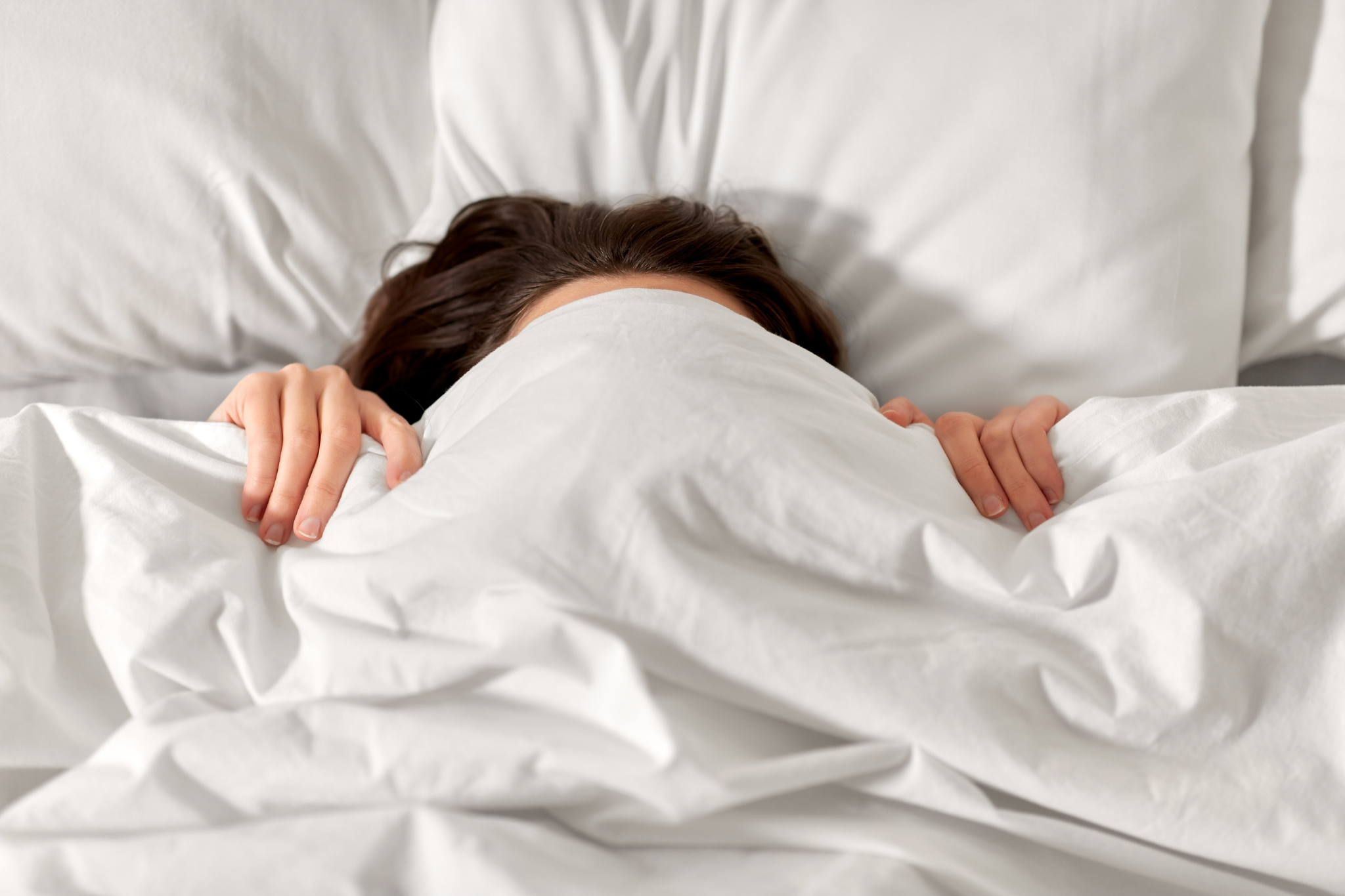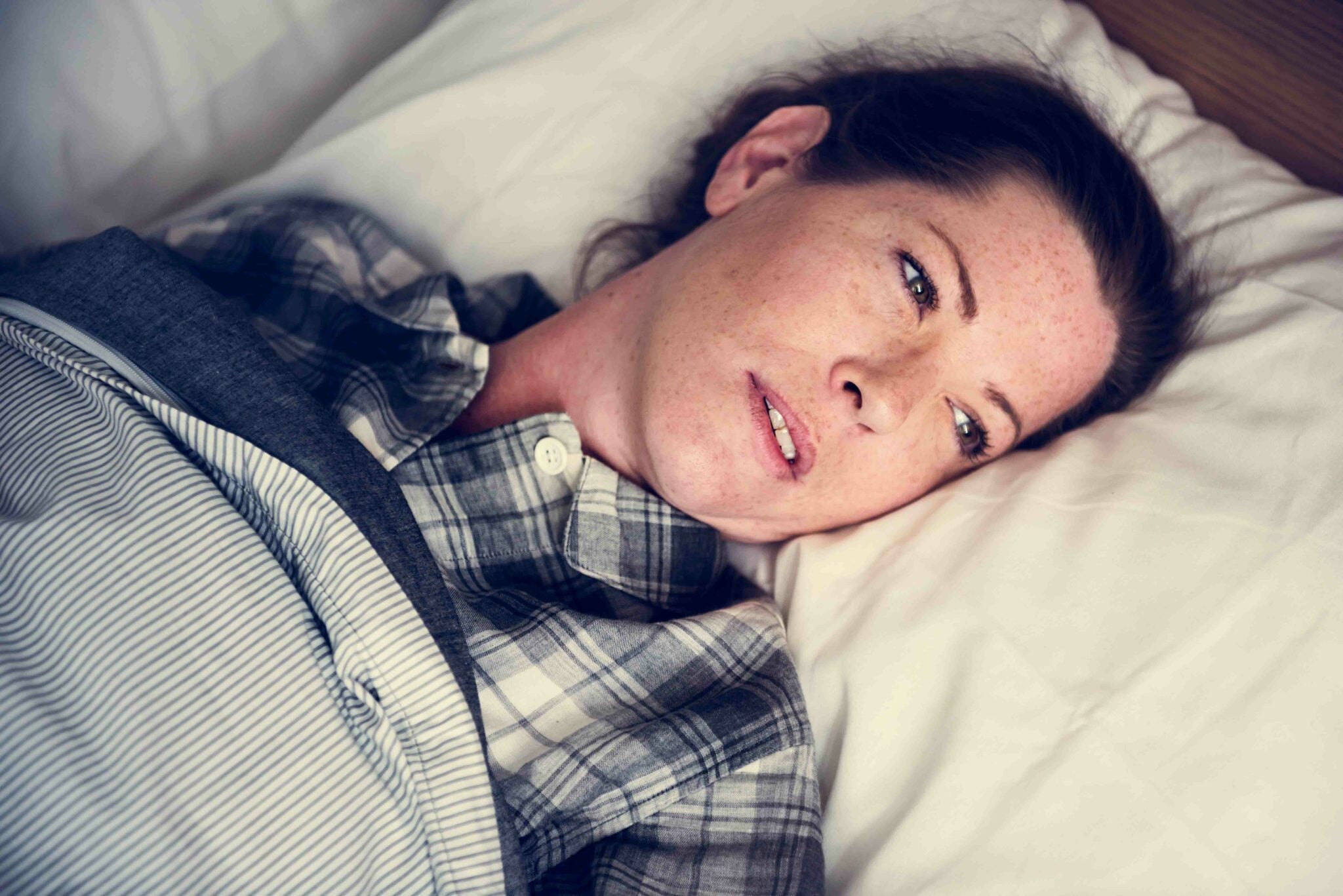We’re all familiar with the morning feeling of having had a bad night’s sleep, but are we that aware as to what the reason or reasons could be?
You may say it’s because you’ve a busy mind that won’t shut off, have a fidgety partner, or maybe a dog that barks in the middle of the night – these are all legitimate reasons for a disturbed sleep and a reduced quality of sleep.
However, there is one significant reason that is not as commonly known for contributing to poor sleep quality and that is proprioception.
What is proprioception and why is it important?
Proprioception (often called the hidden “sixth sense”), is essentially our body’s understanding of where we are in space. Proprioception arises from sensory receptors in the nervous system and body – mostly situated in joints, muscles and tendons.
When the body moves, the receptors fire complex messages to the brain detailing the position and actions. The brain then unravels these messages and combines with the vision, nervous system, and vestibular system to construct the perception of where the body is and how it’s moving.
Simply put, it is the body’s ability to perceive location, movement, and actions. Proprioception is an important bodily neuromuscular sense for lots of reasons, here are just a few;
- Maintains balance
- Maintains muscle tone
- Calibrates our force and speed of movement
- Awareness of where our limbs are
How is proprioception related to sleep?
Proprioception is something that your body is always experiencing, and as such it is a significant factor in determining our quality of sleep. Proprioception with regards to sleep, is intrinsically linked to our lying surface. To understand this further, let’s take this concept.
Imagine you’re sleeping on top of a tree in the wind and everytime the wind blows it causes the tree to sway from side to side. Your body would naturally tense up – anticipating that you may fall out of the tree.
Well that same bodily reaction occurs when we are unstable in our lying environment.
Think how hard it is for example walking on dry sand barefoot versus walking on your house floor barefoot. These activities cause proprioceptors to send the information about where and how our feet should move and how to maintain balance to the brain.
It’s fair to say that attempting to walk barefoot in dry sand is notably more difficult than on your house floor. That’s why you have to consider the importance of proprioception in what you’re standing on, what you’re sitting on and of course what you’re lying on.
Proprioception in our lying environment
If you find that you’re sleeping on a soft, unsupportive mattress and or have a soft pillow, it’s not going to provide the suitable proprioceptive feedback to tell you that you’re safe in your sleeping environment.

This lack of support and feedback causes us to adopt positions like The Wrestler, whereby we compensate for being unsupported by literally grabbing the pillow with dear life.
This action makes our proprioceptive feedback inform our brain that we are now safe in our environment.
However, by not addressing your lying environment, what seems a safe alternative can in fact be causing you harm – resulting in spinal rotation and anterior shoulder instability.
So without the optimal lying environment you’re not going to receive the right amount of proprioceptive feedback telling you that you’re secure in where you lay and sleep.
That means you’re not accessing the optimal sleep quality because you’re constantly ready to fall out of that tree!
How to address proprioception in sleep
Choose a lying surface (aka your pillow and mattress) that address proprioception and are designed with it in mind – Levitex’ sleep posture range has been designed by experts and fits the bill.






Share:
Excessive sleep might be a sign you’re not getting the rest you need from sleep
When not to use a pillow at all – and what to do instead